News
2019 Experience Changsha
Experience Changsha Media Arts Residency was part of the Changsha Media Arts Festival and the International Youth Forum on Creativity and Heritage along the Silk Road. In the Chinese city, two Portuguese artists were in residence for the production of two artworks that figured in the Changsha Media Arts Park.
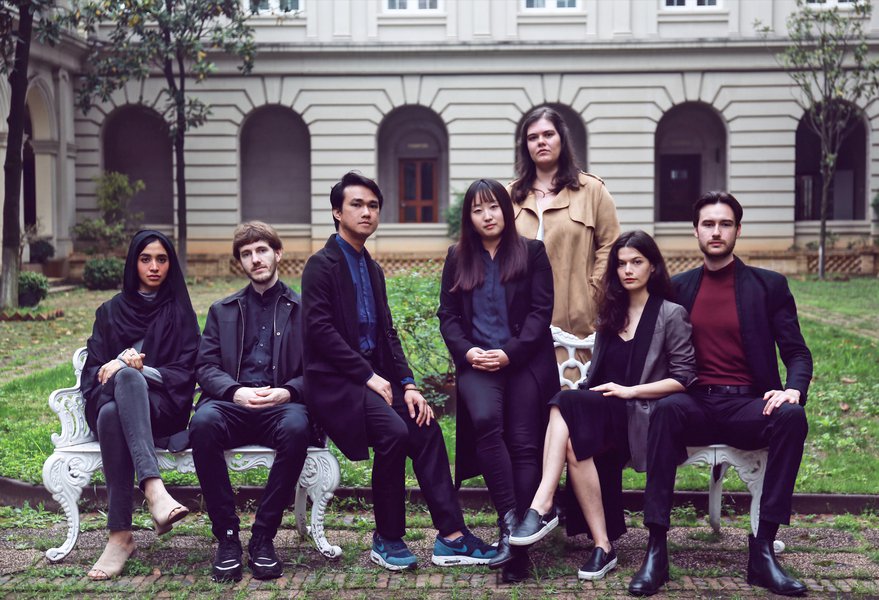
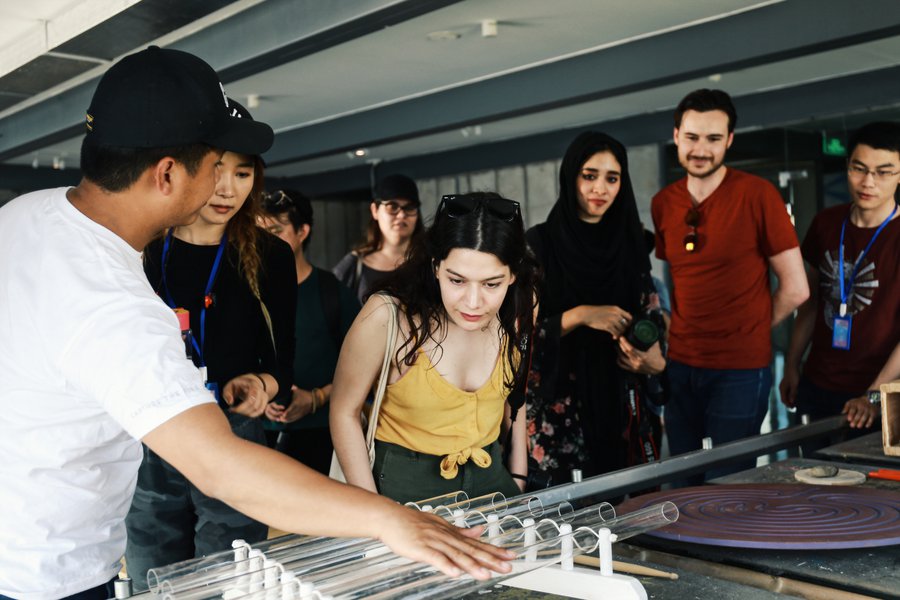
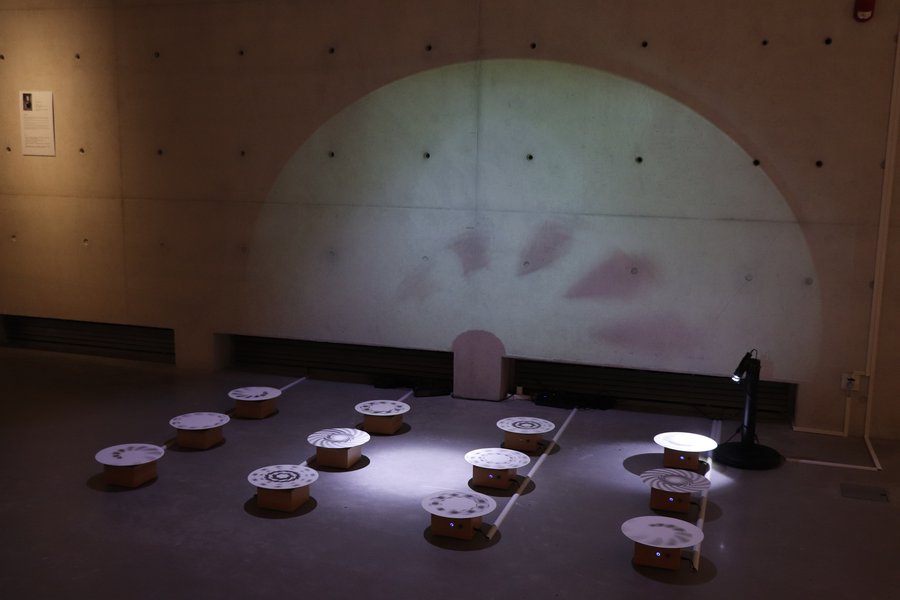
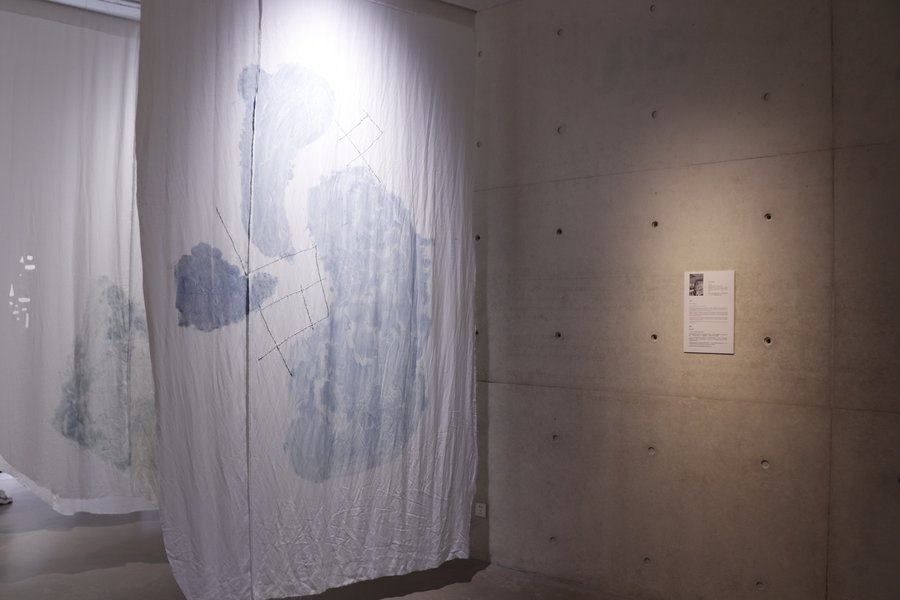
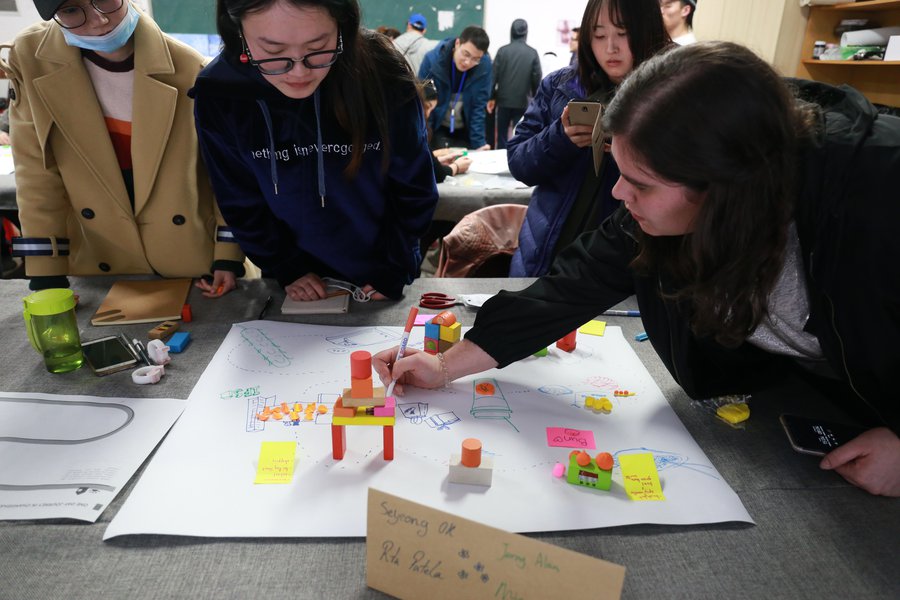
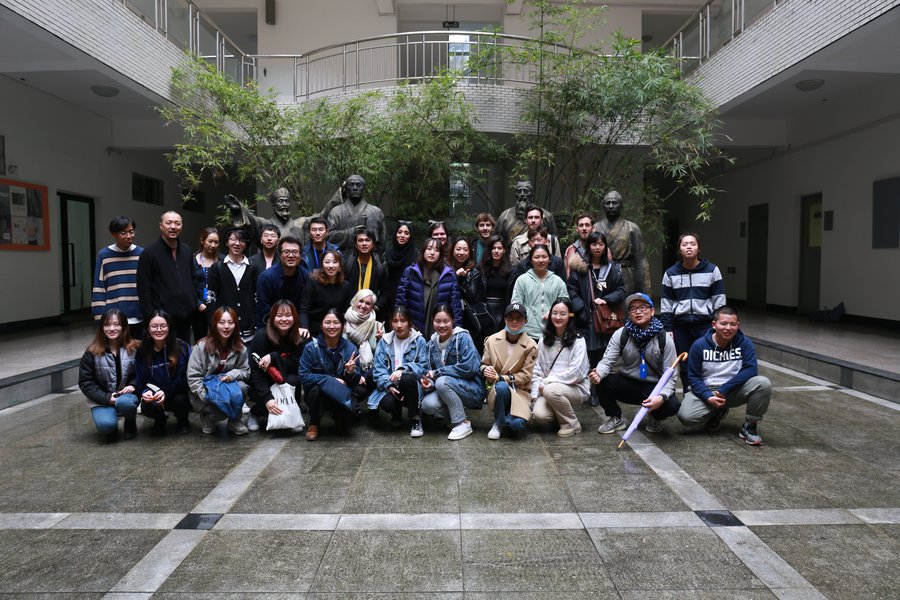
“Experience Changsha” program, an art practice of the Media Arts city, Changsha. As a metaphor, an image and an unknown element, “CHANGSHA”, comes across Etranger’s feelings and fantasies. “EXPERIENCE”, a word that full of activeness and sense of place, refers to specific regions and further demonstrates the communication and interaction between communities. Obviously, “Experiencing Changsha” is an efficient and rhythmic artistic action, an interdisciplinary exhibition on “urban portraits”. 7 new media artists and art entrepreneurs from Germany, Portugal, South Korea, The Philippines, Indonesia, and The Republic of North Macedonia, start with the outlined impression of the city from the short travel trail in Changsha, through interdisciplinary art practice such as virtual reality (VR), media art architecture, media art installations, animation, artificial intelligence, etc., to accomplish the exhibition of this resident project.
As art and creative parks emerge in major cities in China, the artist residency program has been undergoing a comprehensive and rapid professionalization process. At the commencement of the application, evaluating the integrity of the creative concept and the feasibility of the technical solution of the art proposal was the primary task. As Simryn Gill said, “Artists no longer belong to a certain geographical area, they live in the inter-regional places that linked with adjacent areas.” The residency program is an endorsement as well as an expectation of the creations of the artists, meanwhile, it is also a new challenge that challenges the transformability and reproducibility of knowledge and experience in multiple regions and contexts. As art residency becoming part of the cultural journey, the new “regionalism” from globalization has become the core of resident creative practice.
The exhibition comprises seven projects: Short film “BALHIN” (15 minutes / color / video installation) was made by Philippine independent film producer and photographer Breech Asher Harani. The film used stop-motion animation technology and blended with traditional handicraft elements of Changsha, with three eternal themes as “home”, “life” and “love”, narrating the cultural integration and identity anxiety from the immigrant life.
Motional installation “paper. gif” was designed by Claudia Oliveira, a new media artist from Portugal. The multi-screen video project “A Study on the Characteristics of Douyin Short Videos” created by the German young artist Matthias Schäfer, based on programming principles, poetically applied and interpreted advanced technologies. His project releases experimental and critical energy, and it shows more possibilities for the application of technology in society.
Korean artist Seyoung Ok uses a typology approach to develop visual narratives. The interactive device “Condensed Memory”, shows the new changes in this old city with five categories and constitutes a fantastic feeling of constant circuity and constant switching between reality and illusion.
Art installation “Map” of Rita Patela is based on coordinates of rivers and architectures, exploring the ethnic culture and long history of the old city. Mariyam Yasmin Baagil studied architecture art at the Polytechnic University of Milan. Her project “TRAVEL STORIES: EXPERIENCE CHANGSHA “uses photography as a media to show the diversity of Changsha’s human history through multi-screen interactive experience.
Stefan Palitov focuses on the creation of interactive imaging devices. His project “Clay Weaver” not only reappeared intangible cultural heritage and also revealed another unknown world by the combining virtual reality with 360° video technology.
In this regard, the “Experience Changsha” new media art residency program exhibition showed that Changsha was regarded as a case for analysis and display. While shaping new emotional connections, the city’s own experience (fragment, complexity, diversity, contradiction) was able to escape. It is in this sense. The exhibition blends contemporary technology with delicate daily experiences and it may inspire participants to explore and recognize Changsha’s future development.

